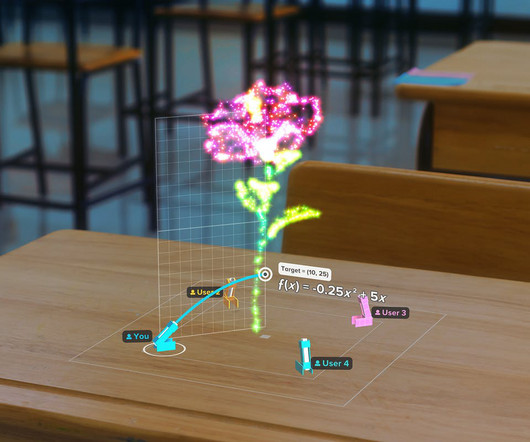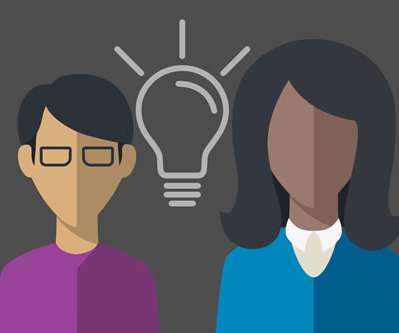How Augmented Reality Fosters Student Curiosity and Collaboration
Edsurge
NOVEMBER 29, 2023
Augmented reality (AR) is a technology that enriches the classroom learning experience by overlaying digital content onto real-world content, simply using devices that already exist in most classrooms, like tablets and smartphones. In educational settings, AR can be used in numerous ways to enhance teaching and engage students.





















Let's personalize your content